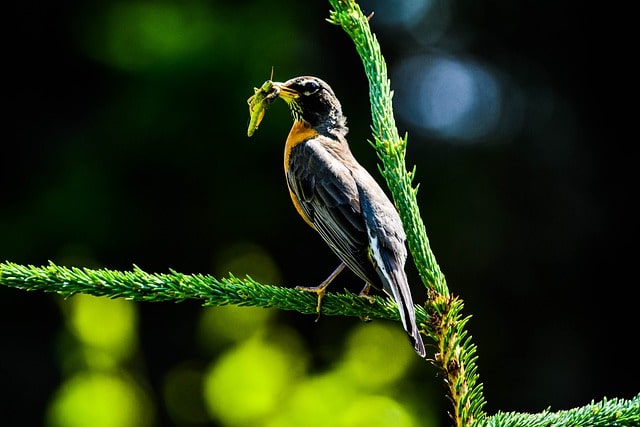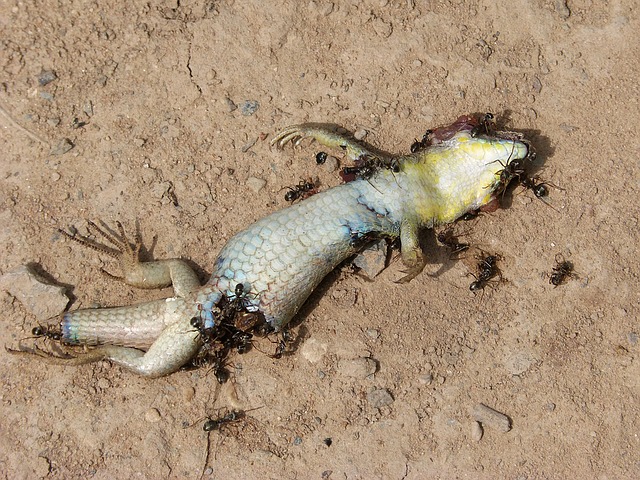
Trophic relationships are established according to levels determined by the type of food.
The living beings that coexist in an ecosystem maintain different links according to their nutrition, positioning themselves as producers , consumers or decomposers depending on the case. Organisms that share the same type of diet, thus, occupy a certain trophic level .
More specifically, we can establish that there are five major trophic levels:
-Food producers, which are the living beings that carry out photosynthesis, as would be the case with plants.
-Primary consumers. They are also called herbivores and have the peculiarity that they feed on vegetables.
-Secondary consumers, who respond, in the same way, to the name of carnivores. They are animals that feed on primary consumers.
-Tertiary consumers. We can establish that they eat secondary consumers and are also called supercarnivores.
-Decomposers, which feed on the waste, remains and excrement of other living beings.
The relationships that exist between these levels are called trophic relationships . It is possible to distinguish between two major trophic relationships: the food chain and the food web .
The food chain
The linear sequence established between consumers, producers and decomposers is called a trophic chain or food chain . This chain shows who eats whom: an organism feeds on the one that precedes it in the chain and, in turn, serves as food for the organism that follows it.
The food web , on the other hand, refers to the interrelationships that exist between the different species that make up the trophic levels. The food web, therefore, goes beyond a line or sequence, but is more complex.

The linear sequence that is formed from trophic relationships is called the food chain.
Some data on trophic relationships
In addition to all of the above, it is worth knowing another series of data of great interest regarding trophic relationships:
-There are species that have the peculiarity that they can feed on more than one trophic level.
-It is necessary to know that there are species that have the uniqueness of being part of different trophic levels.
-It is essential to know that damage caused to them at one level and even its destruction could lead to dangerous and great consequences at other levels.
Examples of these links in the food chain
Let's look at some trophic relationships that occur in the food chain. The rabbit, for example, feeds on plants and serves as food for certain snakes. These snakes, which eat rabbits, are eaten by eagles. The food chain, in this case, would be as follows: Plants -> Rabbits -> Snakes -> Eagles .
In the case of the food web, it refers to the set of different food chains found in an ecosystem . This scheme is not linear and is usually represented as a pyramid. Returning to the previous example, an insect can eat the same plants as the rabbit but not be part of the mentioned chain.
Classification according to trophic relationships
Likewise, there is what is known as trophic classification, which leads to classifying animals based on the way they feed. Thus, it establishes the groups:
-Phytophages, which eat vegetables.
-Carnivores, which eat other animals.
-Detritivores, which feed on remains.
-Coprophages, which take excrement or feces.
-Saprophages, which ingest decomposing matter.
-Scavengers, which feed on the remains of dead animals.
